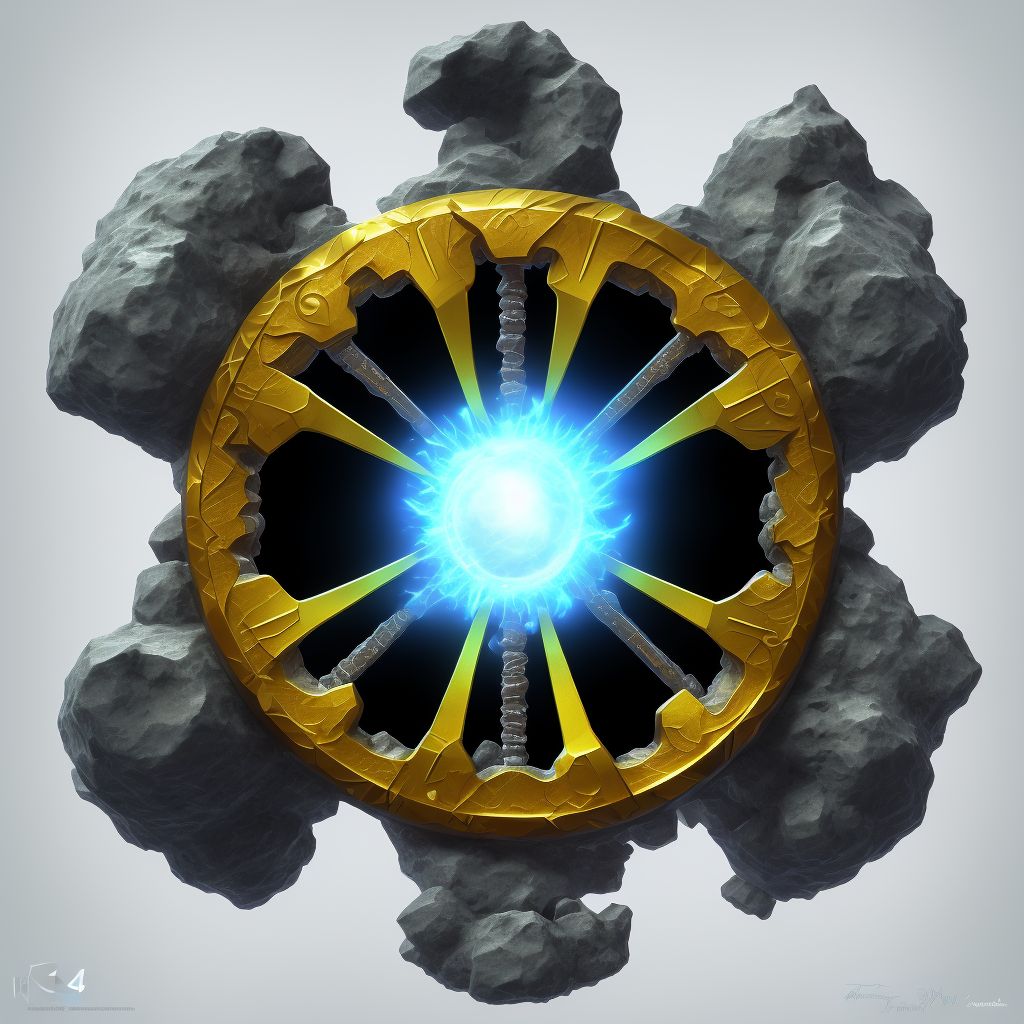
Displaced comminuted fracture of shaft of unspecified fibula, subsequent encounter for open fracture type I or II with nonunion Save
ICD-10 code: S82.453M
Disease category: S82.453: Displaced comminuted fracture of shaft of unspecified fibula
Displaced Comminuted Fracture of Shaft of Unspecified Fibula: Understanding the Nonunion Condition
When it comes to bone fractures, one of the more severe types is a displaced comminuted fracture of the shaft of an unspecified fibula. This condition occurs when the fibula bone (located in the lower leg) breaks into several fragments and becomes misaligned. In some cases, the fracture fails to heal correctly, leading to a nonunion.
A nonunion refers to a situation where the fractured bone fails to heal within the expected timeframe or at all. In the case of displaced comminuted fractures of the fibula, nonunion can occur as a subsequent encounter after an open fracture of type I or II.
Nonunion can arise due to various reasons, such as inadequate blood supply to the fractured area, infection, or poor immobilization of the bone during the healing process. It is crucial to understand that nonunion can cause ongoing pain, limited mobility, and other complications for the patient.
Signs and Symptoms of Nonunion
Recognizing the signs and symptoms of nonunion is essential for identifying this condition. Common indicators include:
- Persistent pain at the site of the fracture
- Swelling and tenderness around the area
- Difficulty or inability to bear weight on the affected leg
- Visible deformity or abnormal movement
If you are experiencing any of these symptoms after a displaced comminuted fracture of the fibula, it is important to consult with a healthcare professional for proper evaluation and diagnosis.
Seeking Medical Attention
When encountering nonunion after an open fracture type I or II, seeking medical attention is crucial. A qualified orthopedic specialist will assess your condition and determine the most appropriate course of action.
Note: This article does not provide information about specific treatments for displaced comminuted fracture of the fibula or nonunion. It is always recommended to consult with a healthcare professional for accurate diagnosis and appropriate treatment options.
Remember, early intervention and proper medical care are essential for managing nonunion and ensuring the best possible outcome for your recovery.
Treatment of Displaced comminuted fracture of shaft of unspecified fibula, subsequent encounter for open fracture type I or II with nonunion:
Treatment Options for Displaced Comminuted Fracture of Shaft of Unspecified Fibula, Subsequent Encounter for Open Fracture Type I or II with Nonunion
A displaced comminuted fracture of the shaft of the unspecified fibula, subsequent encounter for open fracture type I or II with nonunion, can be a challenging condition to treat. However, several treatment options are available to he...
To see full information about treatment please Sign up or Log in